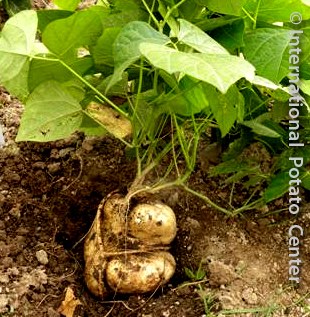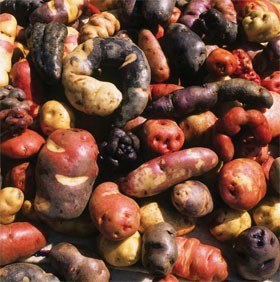noticias2
Adapting Ahipa in Africa
Giant African snails, considered a delicacy and sold in gourmet restaurants, crawl around a cement enclosure in Benin the size of a large dining room table. Animal production scientist, Charles Pomalegni, pulls up two of them to show to CIP researchers. They are as big as his fists. In parts of Africa and Asia, these snails are raised by small-scale producers in plots behind their home or work compounds. Today, they are thriving on an unusual source of feed, a root crop called ahipa, which originates in the high Andes of South America.
Swansong of an influential project
A major step in the fight against hunger as CGIAR Consortium attains International Organization Status
Over the past four decades, CGIAR has proven that investing in agricultural research has a cost-effective impact on the fight against hunger and malnutrition. In the late eighties, CGIAR’s research on how to biologically control the cassava mealy bug, a pest which was destroying harvests in sub-Saharan Africa, saved at least 20 million lives for a total cost of only US$20 million.
Environmentally Sustainable Smallholder Agriculture is Possible
Native potatoes get a clean start from repatriated in-vitro seedlings
CIP repatriates in-vitro native potatoes to Andean communities for in situ conservation
Traditional potato farming practices in the Andes that once provided in situ conservation of the vast diversity of native varieties have been waning over the past decades. Roads now bring in truckloads of rice, pasta and other sources of convenient carbohydrates to these once remote villages 4,000 meters above sea level.



